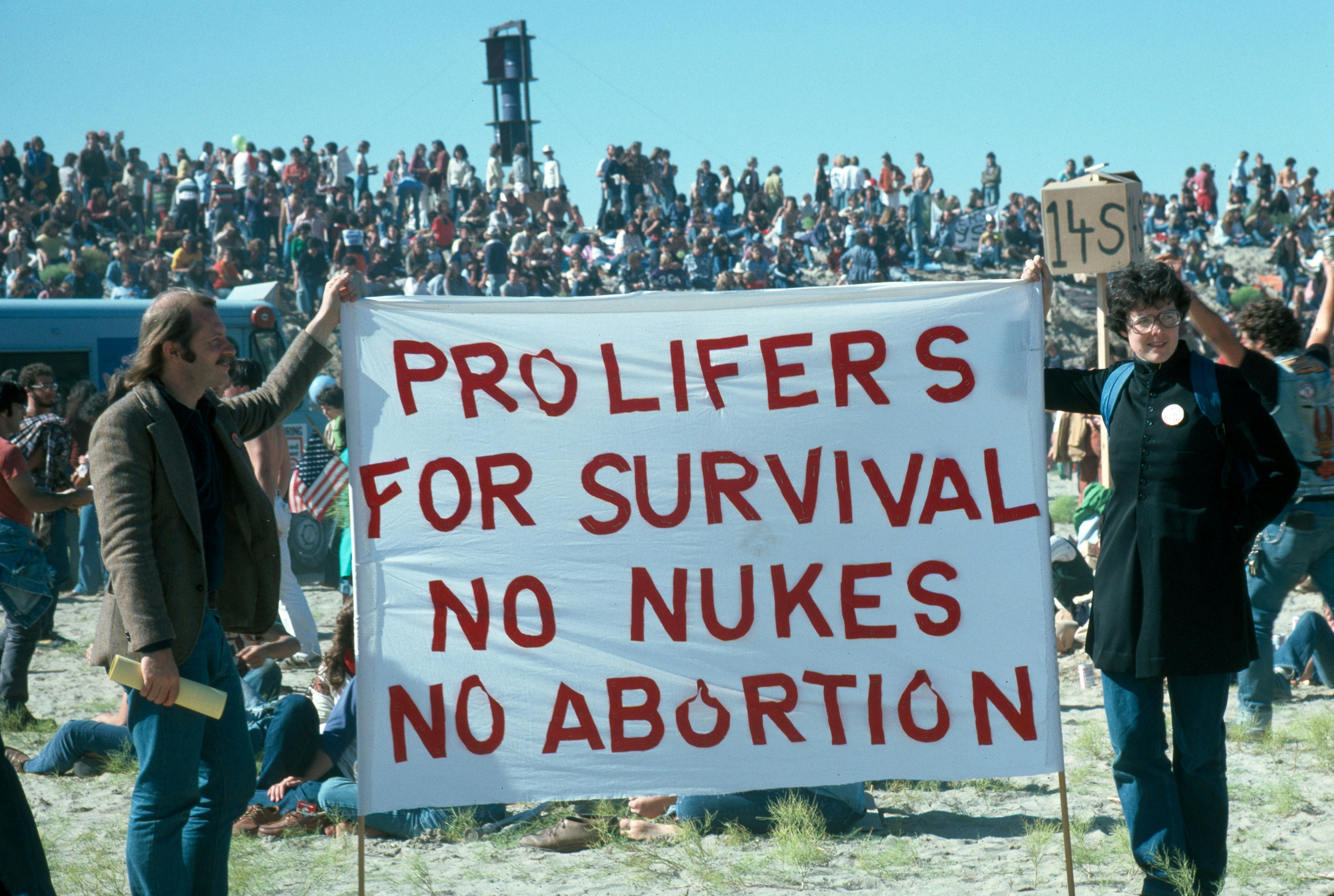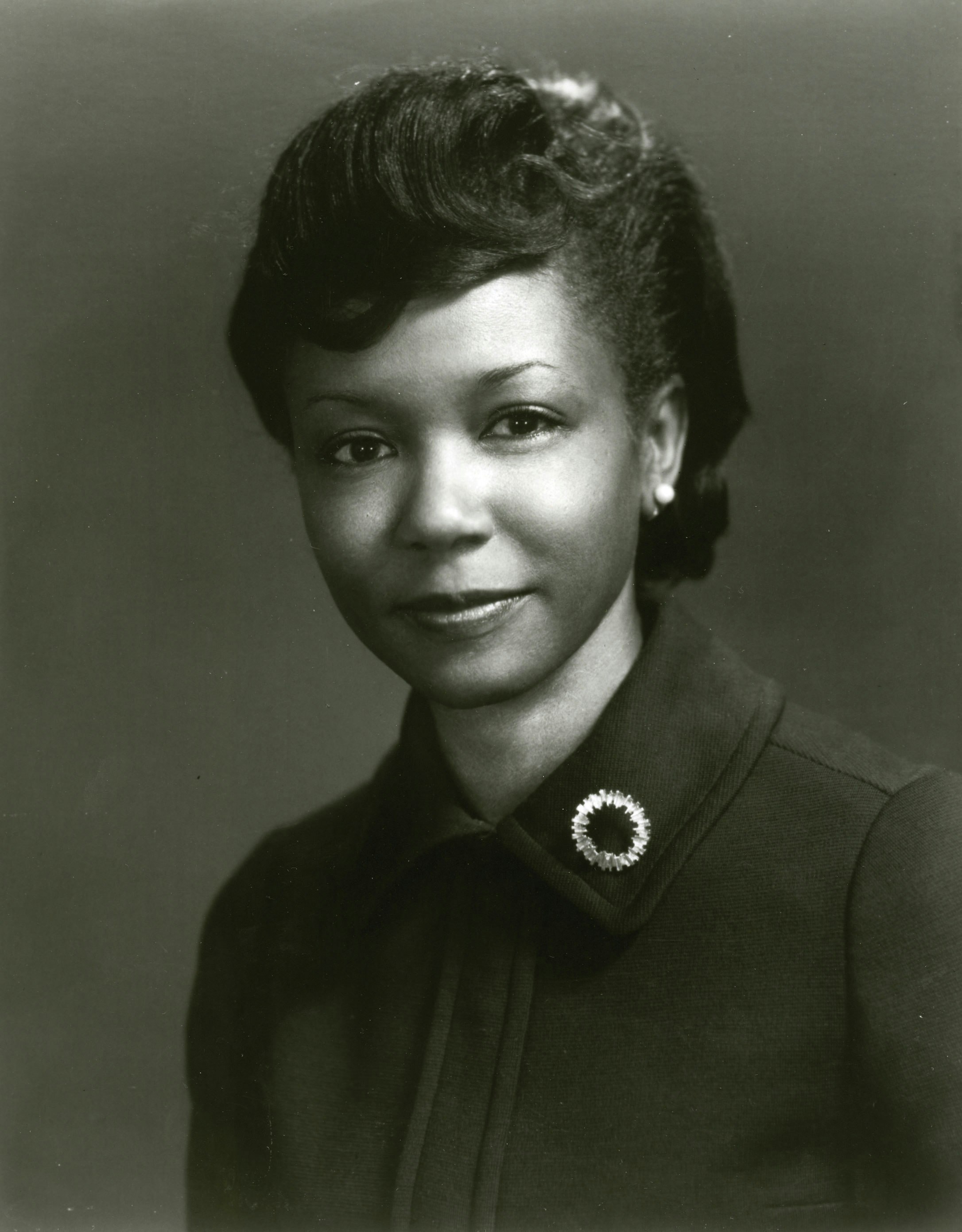Radcliffe Engaged: Strategic Plan 2019–2024
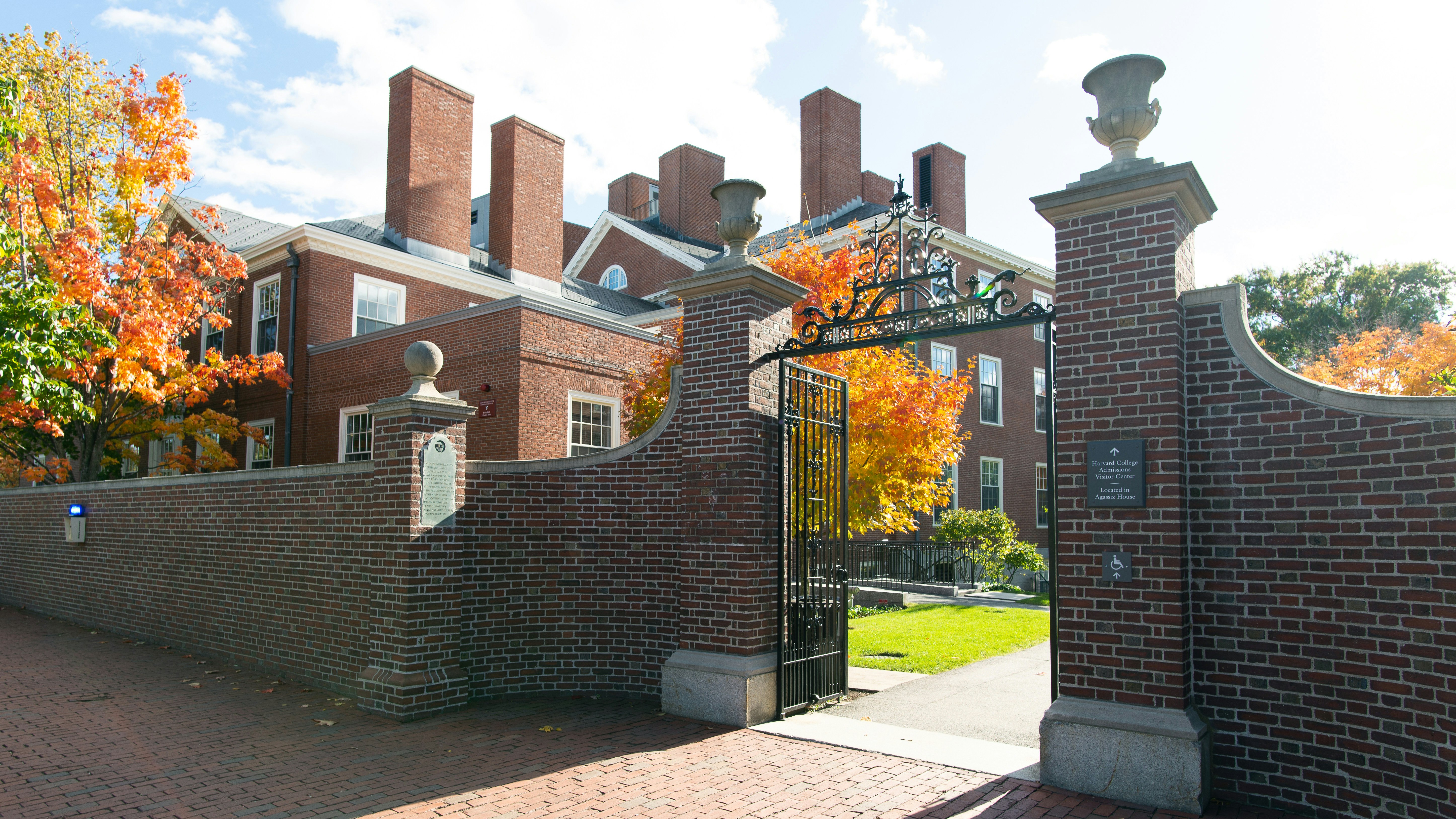
Radcliffe is a cross-disciplinary laboratory of ideas. The Institute brings together scholars, students, and practitioners to engage with issues that can only be fully understood by drawing on research from across the humanities, sciences, social sciences, arts, and professions.
It is a unique school within Harvard—one that is interdisciplinary by design and animated by an institutional legacy of promoting inclusion and opportunity. By fostering inquiry across disciplinary boundaries, we ignite creativity and innovation. Crucial to this effort is the inclusion of those who have historically been underrepresented in academia. A diversity of voices is critical to full and rich discourse. Indeed, it strengthens Harvard and fosters excellence.
This mission and our institutional values underpin Radcliffe’s academic programs, including a residential fellowship for leading scholars, scientists, artists, and practitioners and a robust calendar of public and private events exploring topics at the frontiers of knowledge. Radcliffe’s unique history as the driver of coeducation at Harvard is reflected in our enduring commitment to gender—most visible in the Institute’s Schlesinger Library on the History of Women in America, the world’s preeminent archive of American women’s lives, and central to much of Radcliffe’s programming. Whether incubating bold ideas, enabling deep research, or engaging new audiences, we actively seek opportunities to advance and enrich the society and the university to which we belong.
Table of Contents
Letter from Dean Tomiko Brown-Nagin
Context
Methodology
Key Findings
Strategic Goals
Radcliffe Engaged Focus Areas
Implementation and Early Action Steps
Conclusion
Letter from Dean Tomiko Brown-Nagin
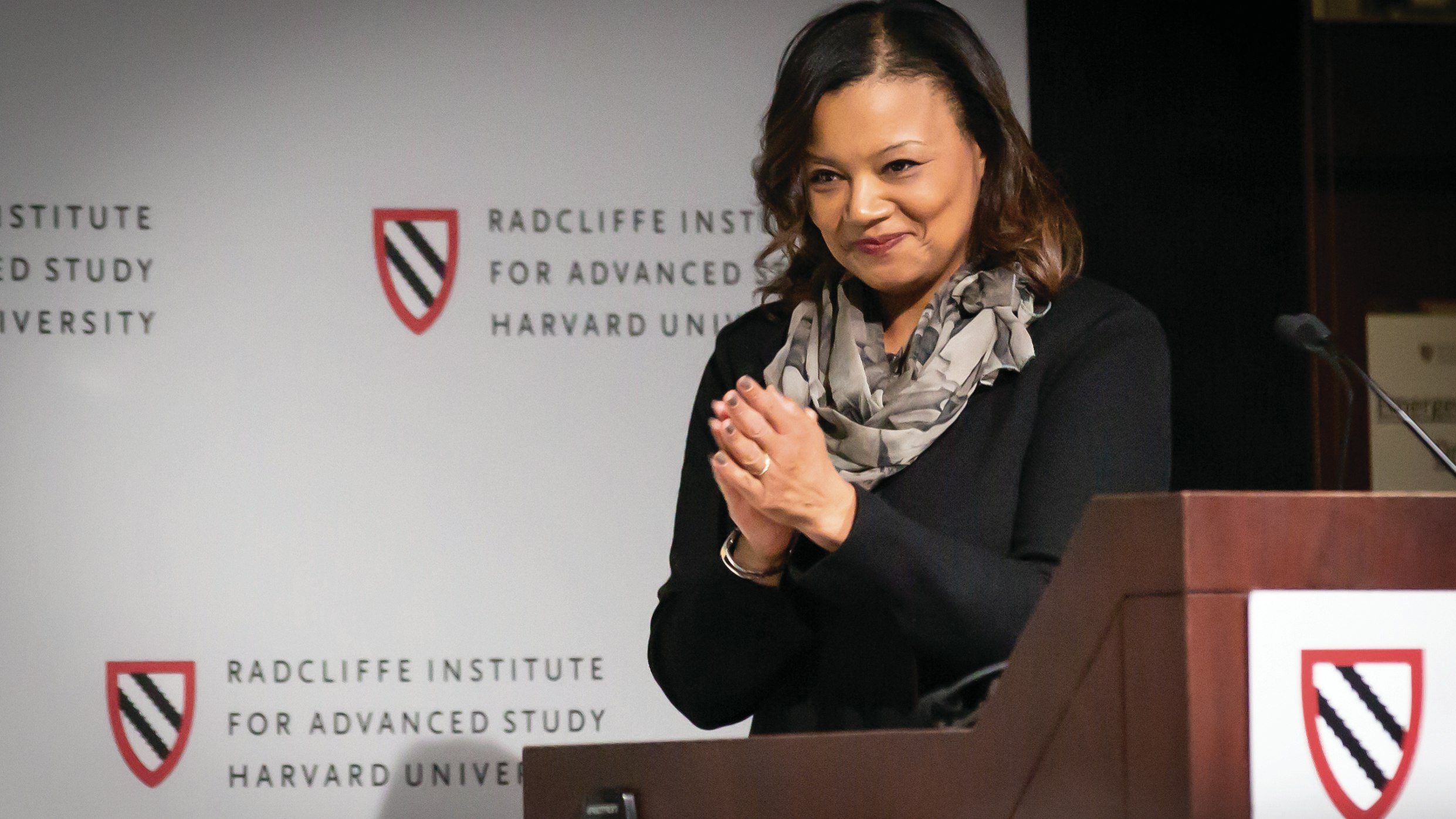
Tomiko Brown-Nagin—dean, Radcliffe Institute; Daniel P.S. Paul Professor of Constitutional Law, Harvard Law School; and professor of history, Harvard University—addresses a capacity audience on April 25, 2019, the opening day of Radcliffe’s “Vision & Justice,” a two-day creative convening that explored the role of the arts in understanding the nexus of art, race, and justice. Photo by Melissa Blackall
September 2019
Friends and colleagues:
As we embark together on the Radcliffe Institute’s third decade—strengthened by our successful capital campaign, Invest in Ideas—we have a unique opportunity to celebrate the remarkable work of the past 20 years, consolidate vital programmatic and administrative gains, and build an ambitious strategy for what we can achieve in the years ahead.
We are calling this strategy Radcliffe Engaged.
Radcliffe Engaged is a vision of both continuity and change. It embraces the Institute’s legacy and leverages its existing strengths, including our unique founding mandate to unite pathbreaking scholarship across academic disciplines and the creative arts with critical work in applied fields such as law, public health, education, and medicine; our established reputation as a preeminent research institution and a sought-after interdisciplinary convener; and our history as Radcliffe College—an institution founded to ensure that the excellence embodied in Harvard was accessible to students and scholars then excluded from the University. The legacy of Radcliffe College is not merely coeducation at Harvard; it is the recognition that universities will always be greater when they draw wisdom and talent from the widest possible pool of individuals.
At its heart, Radcliffe Engaged is an effort to enhance the outstanding work of our core programs, recognize the singular value of the Institute to the Harvard community, and refine how we work together to achieve greater success. Crucially, Radcliffe Engaged entails a more explicit focus on impact and applications, including collaborations that build new, mutually beneficial relationships between Radcliffe and its community, along with enhanced opportunities for students to engage in experiential, interdisciplinary learning with real-world impact.
Accomplishing the work that lies ahead, while continuing to act as good stewards of the significant resources entrusted to us, will require careful thought and strategic alignment. This document summarizes the critical first step in an ongoing process of strategic assessment and action at Radcliffe. We have already benefited from a broad range of insights within the Institute, across Harvard, and beyond, and this process will continue in the coming months. It is my sincere hope that this work will be collaborative through and through. I encourage you to engage thoughtfully with the strategy outlined here and freely share your feedback. I began my deanship with a listening tour, and I intend to continue listening in the years ahead as we implement Radcliffe Engaged.
Tomiko Brown-Nagin
Dean
Context
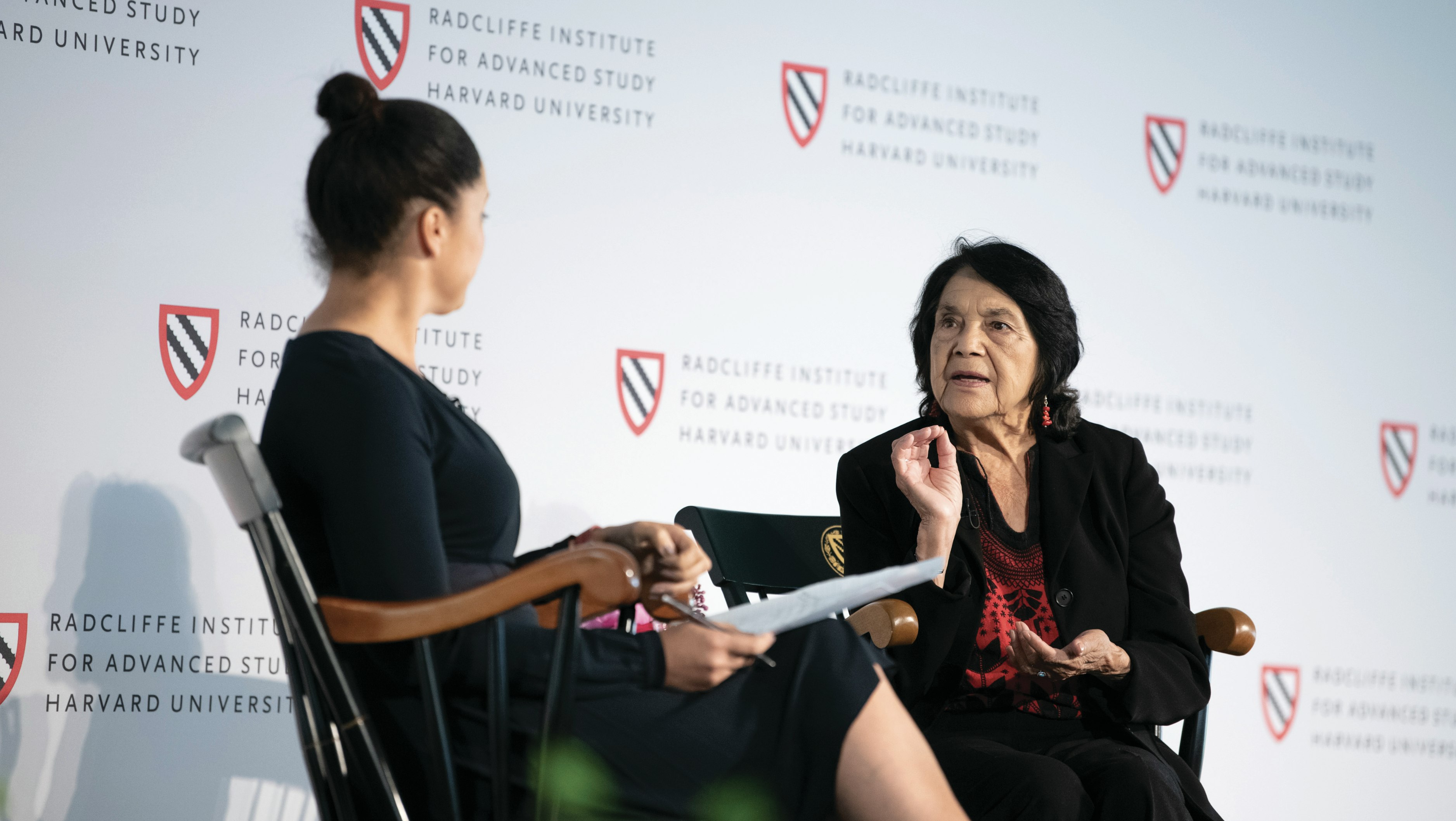
A civil rights activist, organizer, and cofounder of what became the United Farm Workers of America, Dolores Huerta was the 2019 Radcliffe Medalist. She is pictured here at Radcliffe Day, May 31, 2019, in conversation with the award-winning journalist and author Soledad O’Brien. Photo by Tony Rinaldo
Radcliffe's Legacy: Fostering Excellence through Opportunity
Over the course of its 140-year history, beginning with its founding in 1879 as a program for the instruction of women who were at the time denied access to Harvard College, Radcliffe has educated, supported, and benefited from the scholarship and leadership of remarkable individuals. Our illustrious presidents and deans have included pioneers in coeducation at Harvard and beyond, scientists and scholars of remarkable impact, and important firsts—including the Institute’s founding dean, Drew Gilpin Faust, who went on to lead Harvard University for more than a decade as its first female president. Radcliffe College graduated scores of influential woman leaders in law, medicine, government, commerce, and the arts, and it nurtured generations of woman scholars in its Bunting Institute, the precursor to today’s Radcliffe Fellowship Program. Reflecting this legacy, the Institute’s founding document enshrined a “continuing commitment to the study of women, gender, and society” and the explicit inclusion of the professions in our definition of advanced study.
Each dean of the Radcliffe Institute has promoted its mission in a distinct way. Dean Faust and her predecessor, Acting President of Radcliffe College and Acting Dean Mary Maples Dunn, united the interwoven legacies of three beloved institutions—the Schlesinger Library, the Bunting Institute, and Radcliffe College itself—to create a world-class interdisciplinary research institute. Dean Barbara Grosz significantly expanded public programming at the Institute, turning it into a destination for discussion of cutting-edge research, particularly in the sciences. Dean Lizabeth Cohen further expanded programming, successfully led the Institute’s first major capital campaign securing Radcliffe’s future, and established the Institute as a focal point for the arts at Harvard and beyond.
Each dean has also sought opportunities to honor the Institute’s legacy as a women’s college while broadening its reach and impact by attracting new communities to Radcliffe. Today the Institute is stronger—and its reach wider—than ever before, positioning us to be bold and declarative about our enduring identity. Is Radcliffe dedicated to the study of women, gender, and society, broadly defined? Yes. And to much more.
A Strategic Juncture
When Tomiko Brown-Nagin became the fourth dean of the Radcliffe Institute, in July 2018, she embarked on a listening tour, meeting with staff members, pressing faculty colleagues on how they viewed Radcliffe’s role and its potential for growth, and engaging hundreds of alumnae/i and friends of the Institute around the country. There was no shortage of praise for all that had been accomplished in two short decades. Indeed, the Institute’s growth and successes were remarkable. What also emerged, however, was an understanding of several long-standing challenges:
- Structurally and for historical reasons, Radcliffe’s programs were not sufficiently integrated.
- The Institute had a complicated relationship with its past as a women’s college. After the merger, Radcliffe’s identity was unclear, and key supporters were divided on how to navigate the Institute’s connection to its history.
- Because Radcliffe no longer conferred degrees, the value of the Institute to Harvard faculty and students often went unrecognized.
- Because the Institute was a relatively young school, programmatic planning at Radcliffe tended to be guided by individual programs rather than by a centrally driven strategic process aligned with long-term objectives.
- The Institute’s necessary transition from a degree-based fundraising model to an affiliate based one required a substantial effort to reach and engage new supporters.
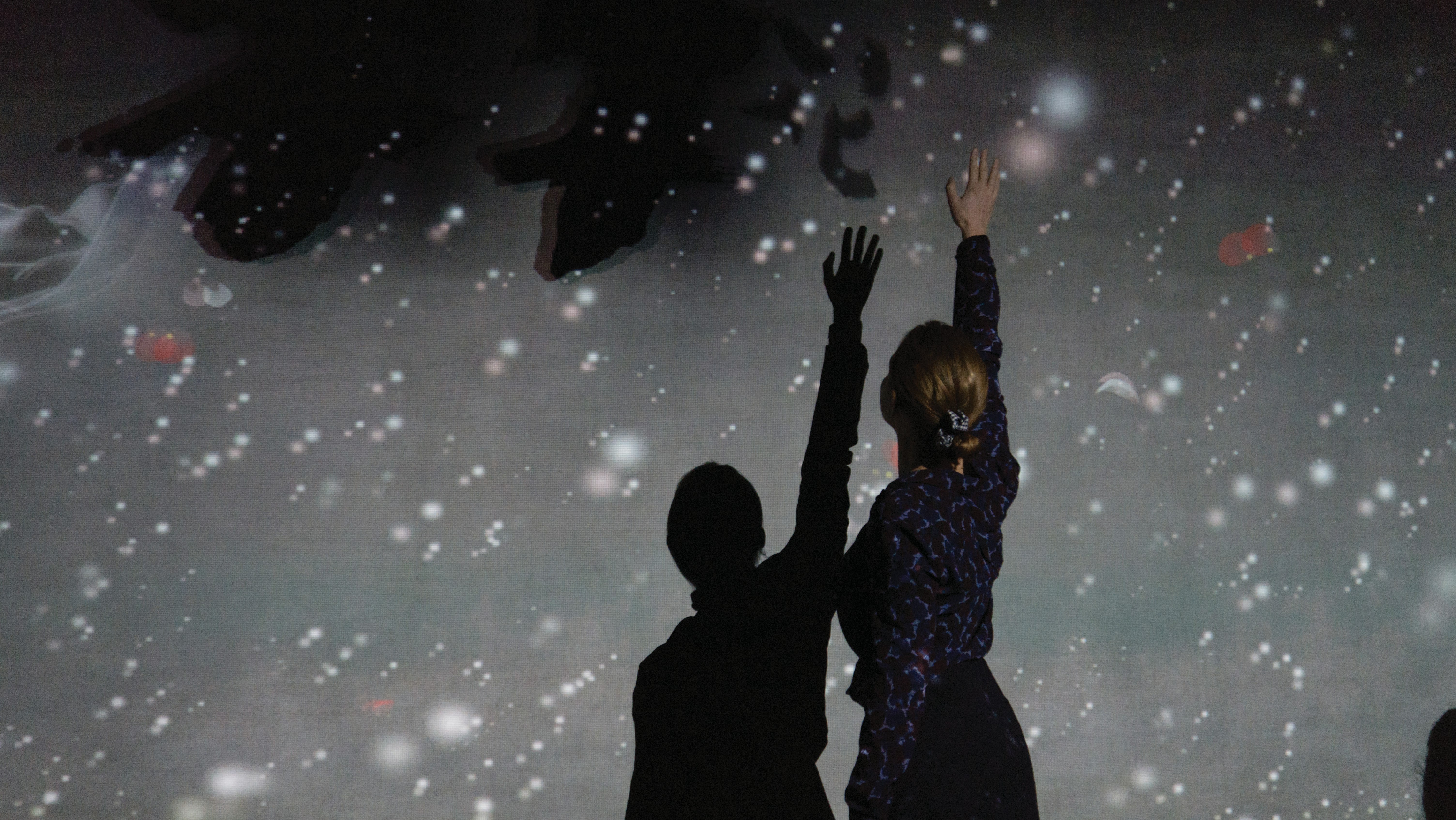
A visitor—one of the more than 3,500 people who flocked to Radcliffe for this remarkable exhibition—interacts with "teamLab at Radcliffe: What a Loving and Beautiful World" (at the Johnson-Kulukundis Family Gallery, 2015). TeamLab, a Japan-based consortium of artists, engineers, and computer scientists, specializes in unique installations at the intersection of contemporary art, design, engineering, and computer science. Photo by Kevin Grady/Radcliffe Institute
Brown-Nagin recognized the need for a strategic planning process to address these issues head-on and provide a vision for uniting the Institute’s work. She saw the through-line that connected Radcliffe’s history as a women’s college and its current mission: a commitment to excellence and opportunity in education. Responding to the well-documented hunger among Harvard students for engagement in experiential, interdisciplinary learning—the kind of work Radcliffe is uniquely suited to support—she saw an opportunity to deepen and expand Radcliffe’s offerings to students. She envisioned a renewed commitment to the value of professions and applied work, which would broaden—not supersede—the Institute’s established strength as an incubator of interdisciplinary scholarship. And she recognized the value of new community partnerships, reasoning that the combination of cutting-edge scholarship with deep experience and on-the-ground expertise could produce powerful insights and impact in selected focus areas.
To create clarity and institutional alignment around this vision for the future of the Institute, Dean Brown-Nagin and members of her senior staff partnered with Wellspring Consulting over approximately six months to develop an Institute-wide strategic plan. This effort aimed to illuminate the Institute's fundamental purpose and its value to the Harvard community and the broader world; to clarify the overarching objectives of Radcliffe Engaged; and to identify the staff, resources, and partners the Institute would need to realize its ambitious goals.
Methodology
The shape of Radcliffe Engaged reflects the contributions of many stakeholders who participated in numerous planning meetings, focus-group discussions, and one-on-one interviews over the six-month period. Key stakeholder groups included members of the Radcliffe Dean’s Advisory Council and the Schlesinger Library Council, senior leaders across Harvard University, Harvard faculty members from a range of schools and disciplines, Harvard College students, civic and community leaders beyond the University, Radcliffe faculty directors, Radcliffe fellows, and Radcliffe staff members.

This image—generated by Moon Duchin—shows a 32-district partition of an abstract state with more than 100,000 units, made with a random spanning tree algorithm. Algorithms can shed light on the universe of possible districting plans for real states and assist in evaluating the dynamics of racial packing in Virginia or partisan skew in Pennsylvania. Image courtesy of Moon Duchin
Wellspring organized multiple facilitated group discussions that captured the insights of:
- 15 Harvard undergraduates (3 focus groups)
- 10 faculty members, fellows, and other affiliates
- 21 members of the Dean’s Advisory Council
- 60 Radcliffe staff members representing every program and administrative department (4 focus groups)
The Wellspring team also conducted one-on-one interviews with an additional:
- 12 senior Radcliffe staff members
- 6 members of the Dean’s Advisory Council and the Schlesinger Library Council
- 5 senior Harvard leaders
- 11 experts and potential partners—including civic and community organizations—external to the Radcliffe Institute
Throughout the process, Wellspring engaged in regular meetings with Dean Brown-Nagin, Executive Dean Nisha Mongia, and Radcliffe’s core planning team (individually and as a group), and it held extended work sessions with the Departments of Human Resources and Finance.
Key Findings
Stakeholder groups affirmed the Institute’s existing strengths, which form a foundation for future growth:
- Given its size and structure, Radcliffe is agile and well positioned to engage with pressing issues.
- Radcliffe provides a dedicated space where scholars can pursue innovative and unorthodox interdisciplinary research and ideas.
- Radcliffe serves as the key convener within the University and between Harvard and its surrounding community.
- Radcliffe brings to the fore critical voices and research that would not otherwise receive the attention they merit.
Several more-specific themes emerged in conversations with Harvard and Radcliffe faculty members, senior leaders, and advisory council members; Harvard students; and community leaders. These themes are summarized below.
Harvard and Radcliffe Faculty Members, Senior Leaders, and Advisory Council Members
Conversations with Harvard and Radcliffe faculty members and senior leaders and with members of the Institute’s Dean’s Advisory Council and Schlesinger Library Council frequently centered on the unique value that Radcliffe offers to Harvard. These stakeholders agreed that the Institute plays a vital, albeit sometimes not fully understood, role at the heart of the University—from helping recruit outstanding and diverse faculty members to convening a broad spectrum of scholars and driving interdisciplinary research that, but for Radcliffe, might not be done. It was widely agreed that the Institute must do more to communicate clearly about its singular value to the Harvard community.
Looking ahead, these leaders envisioned a Radcliffe that pushes the University to engage more students around interdisciplinary scholarship, conveys and strengthens the link between excellence and inclusion, and pursues applied research more intentionally.
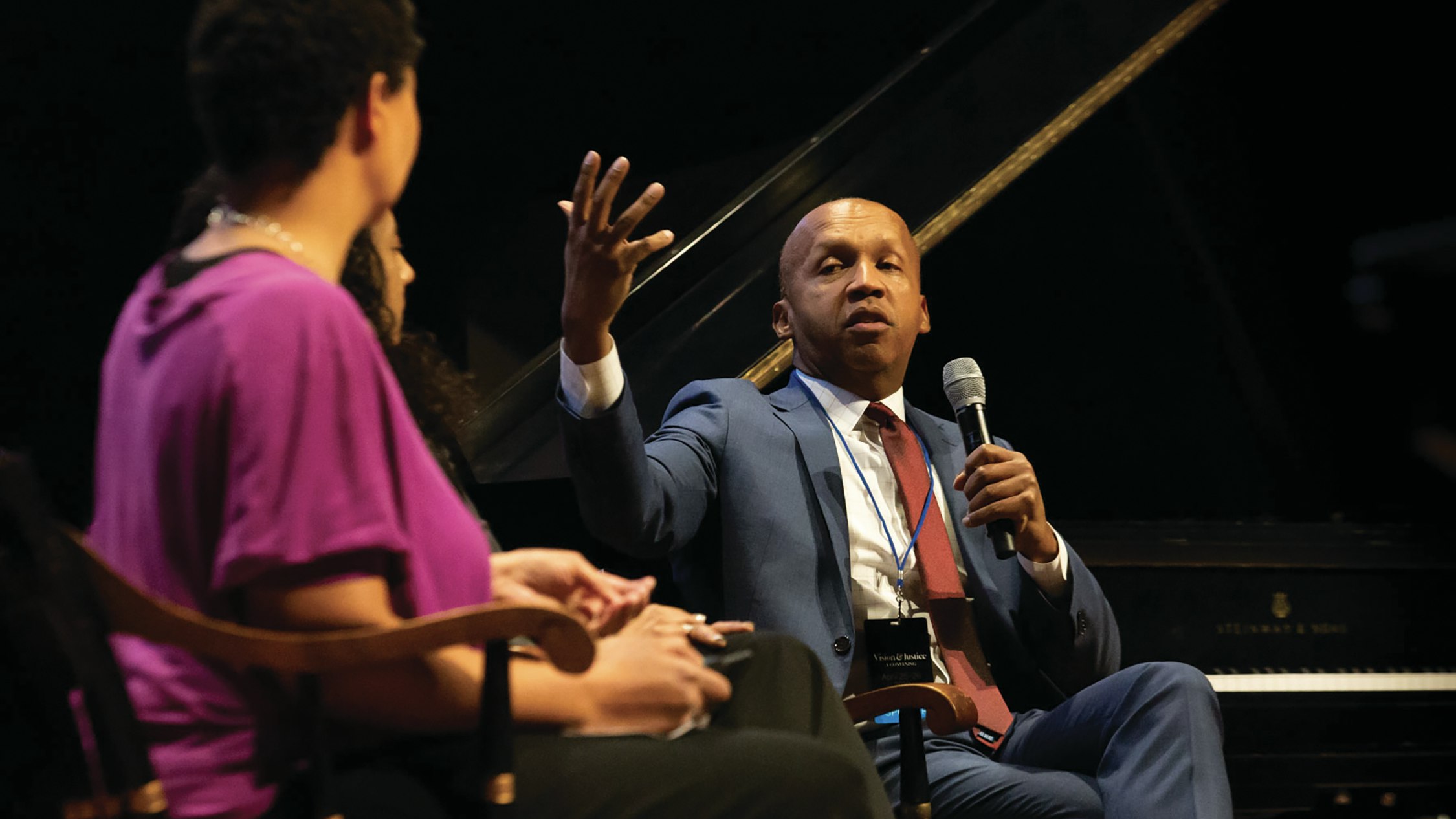
Bryan Stevenson, a lawyer, a social justice activist, and the founder and director of the Equal Justice Initiative, spoke on the panel “Mass Incarceration and Visual Narratives” at “Vision & Justice” with Danielle Allen (left), the James Bryant Conant University Professor and director of the Edmond J. Safra Center for Ethics, Harvard University, and Elizabeth Hinton (center), the John L. Loeb Associate Professor of the Social Sciences in the Department of History and the Department of African and African American Studies, Harvard University, on April 26, 2019. Photo by Melissa Blackall
Recognizing public programming as a key mechanism by which Radcliffe reaches new audiences and shapes public discourse, these leaders suggested that the Institute might focus on fewer, more significant events. Resources will always be limited, so strategic alignment and prioritization are crucial.
They embraced the idea of increased focus on applications of research and an organizational shift toward experimentation and innovation. They recognized that this would involve taking more risks, but they accepted the value of such calculated risks.
They also encouraged the Radcliffe Institute to deepen its work with Harvard undergraduates, viewing student affiliates as the foundation for future philanthropic support and sustained financial stability.
Harvard Students
Students already familiar with the Institute consistently reported that they valued the unique opportunities that Radcliffe affords them. For many Harvard undergraduates, Radcliffe is a place to pursue research that aligns with their academic and professional interests. In addition, student staff members at the Schlesinger Library, Radcliffe Research Partners, and Academic Ventures student board members all cited mentorship as a key benefit of interaction with the Institute. Radcliffe’s structure encourages faculty members and fellows to develop strong mentoring relationships with undergraduates.
Students affirmed the value of working with scholars and practitioners across a wide range of disciplines. They also expressed excitement about opportunities to engage with communities outside Harvard and to bridge the seemingly wide gulf between academia and applied knowledge. One said, “I feel like Harvard doesn’t have opportunities . . . for engaged scholarship.” Another added, “You don’t find this type of applied research in the departments, so this was refreshing.” A third student commented that “actually getting off campus and working with people more directly would be very valuable.”
Despite positive—often transformative—academic and personal experiences with Radcliffe, few students reported a strong sense of affiliation with the Institute as a whole. One Radcliffe Research Partner said, “Right now, we connect to the fellow we are working with, but we don’t connect to the Institute. You should get us to say we are a part of Radcliffe.” Recognizing this as a challenge, several students offered suggestions to forge a deeper connection:
- Create experiences that connect students to the Institute itself—not just the fellow, faculty member, or staff member with whom they work closely.
- Empower and broaden the mandate of Radcliffe’s student board to look holistically at undergraduate engagement at the Institute and present a clear and unified vision for the Institute to the undergraduate community.
- Build a stronger sense of community and potentially a more structured cohort experience for students affiliated with Radcliffe.
- Schedule and market events that sync with the rhythms of student life: “Make it clear they are meant for us.”
- Provide additional financial and administrative support for students to pursue their own research, including convenings that are proposed and led by students.
- Support more opportunities for students to conduct research or to work off campus on critical policy issues of our time.
Civic and Community Leaders
Leaders of civic organizations in the Boston-Cambridge area viewed the Radcliffe Institute as an attractive partner and welcomed opportunities to collaborate on the development, application, and dissemination of new knowledge. They also emphasized a need to strengthen—and in some cases repair—the relationship between Harvard and its surrounding communities. Despite this note of caution, the prospect of Radcliffe's engaging civic organizations as it implements Radcliffe Engaged was met with optimism and excitement. As one leader said, “This kind of initiative pulls students out of their own heads and gets them involved in the community in a collaborative way. They are truly changed by the experience in a way that is better for everyone.”
Strategic Goals
Preface
Over the course of this strategic effort, Radcliffe’s core planning team worked together with Wellspring to clarify the core identity of the Radcliffe Institute:
Radcliffe is Harvard University’s institute for advanced study: a laboratory of ideas that brings together students, scholars, and practitioners from the humanities, sciences, social sciences, arts, and professions and engages with questions that demand cross-disciplinary exploration.
These strategic goals reflect the Institute’s continued commitment to its core identity, and they affirm Radcliffe’s breadth. They facilitate the continuation—and continuous enhancement of—the Institute’s existing work, including engaging Harvard students; supporting pathbreaking interdisciplinary research; and welcoming the public to participate in events, explore new knowledge, and delve into invaluable archives.
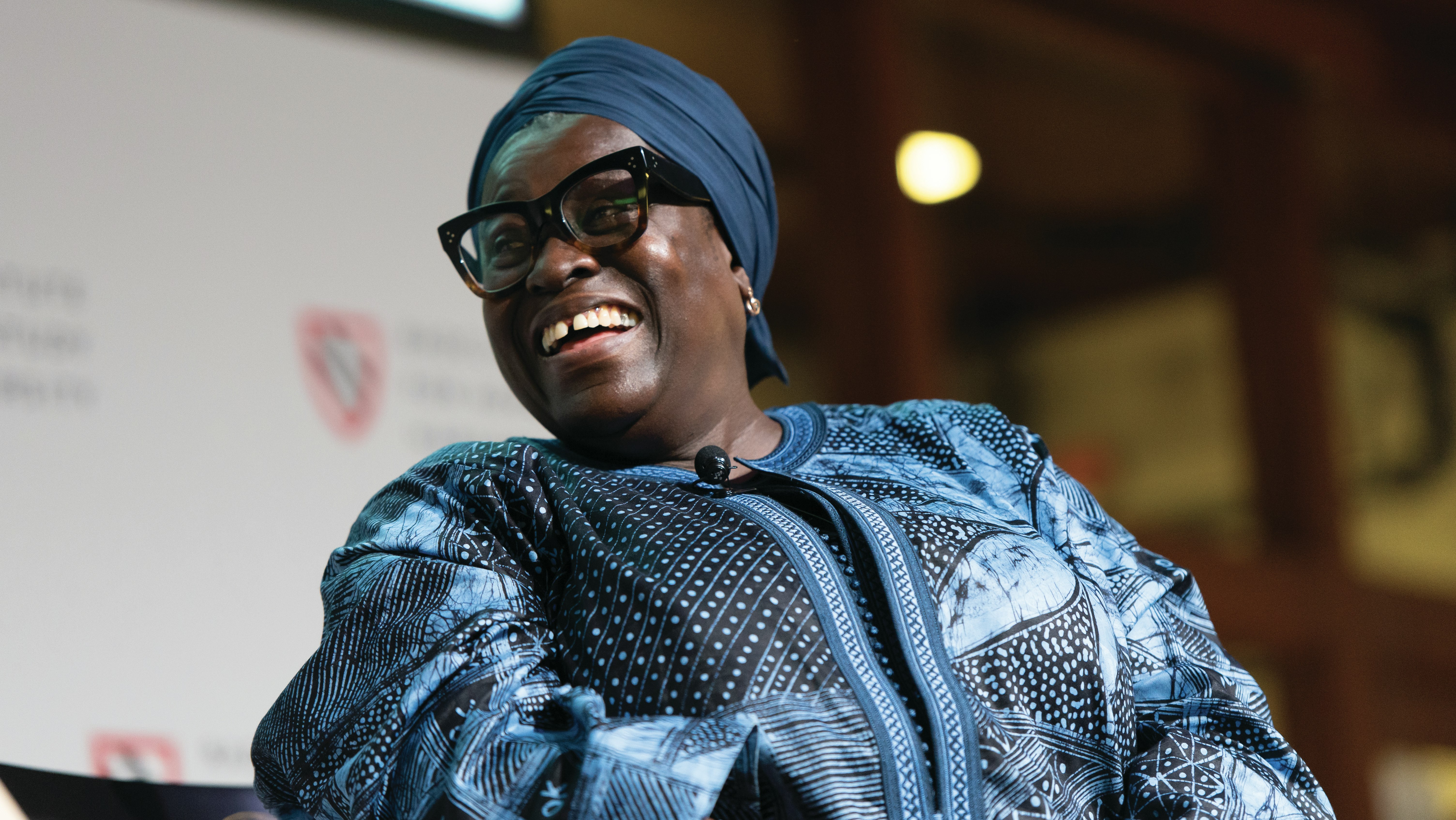
An “all-purpose Africa reporter,” National Public Radio’s Ofeibea Quist-Arcton gave the 2018–2019 Rama S. Mehta Lecture. She emphasized the importance of listening to women and girls in her coverage of Africa—and why reporting their voices is crucial. Photo by Kevin Grady/Radcliffe Institute
At the same time, the strategic goals reflect change. Most important, Radcliffe Engaged embraces:
- An increased emphasis on research applications
- A greater focus on scholarship that engages civic and community partners, public debates, and broad audiences
- An increased commitment to engaging and supporting the development of Harvard students by fostering a sense of community and affiliation with Radcliffe
- New tools and procedures to operate in a more cohesive, collaborative, and strategic manner, including a set of common criteria to guide planning and prioritization, ensuring strategic alignment and maximizing impact
Radcliffe Engaged: Institute-wide Strategic Goals 2019–2024
The core planning team defined six strategic goals that will unite and drive Radcliffe’s work over the next five years.
- Catalyze interdisciplinary research, including scholarship that can inform policy debates. Achieve this by engaging students, faculty members, scholars, and practitioners around two or three strategic focus areas.
- Create dynamic learning experiences for Harvard students that foster interdisciplinary scholarship and civic engagement. Do so in a way that supports active engagement and affiliation with the Radcliffe Institute.
- Engage new and diverse populations and civic organizations in the Institute’s work, thereby enriching both Harvard and the surrounding community.
- Execute all programs and supporting functions in an integrated and strategic manner, ensuring that Radcliffe is an institute for advanced study characterized by consistent and unparalleled excellence, known for real-world applications and impact as well as pathbreaking interdisciplinary scholarship.
- Increase the impact of Radcliffe communications. Do so by shifting to a strategic communications model that fosters a strong organizational identity and privileges the Institute’s priorities and core audiences.
- Develop and implement a comprehensive fundraising strategy to support these strategic goals and ensure long-term financial sustainability.

Radcliffe’s “Jellyfish Guy,” David Gruber—a marine biologist, professor of biology at City University of New York, research associate of invertebrate zoology at New York’s American Museum of Natural History, and 2017 2018 Radcliffe fellow—shares a treasure from Harvard’s Museum of Comparative Zoology: a cannonball jellyfish (Stomolophus meleagris), also known as the cabbagehead jellyfish. Photo by Tony Luong
Radcliffe Engaged Focus Areas
Radcliffe programming is broadly respected as thoughtful and of extraordinarily high quality. Staff and faculty members and others have, however, questioned whether the drive for excellence has at times pushed the Institute to do too much. Indeed, this tension was reflected in the report of the Institute’s most recent Visiting Committee of the Harvard Board of Overseers:
Ever since the redefinition of Radcliffe as an Institute for Advanced Study, the increased scope of activities has been nothing short of breath-taking, from the Fellowship Program, to Academic Ventures, to Exploratory Seminars, to Workshops, to the ambitious range of activities at the Schlesinger Library. The question arose within the Visiting Committee as to whether continued expansion of mission would be able to preserve the extraordinary quality of the organization.
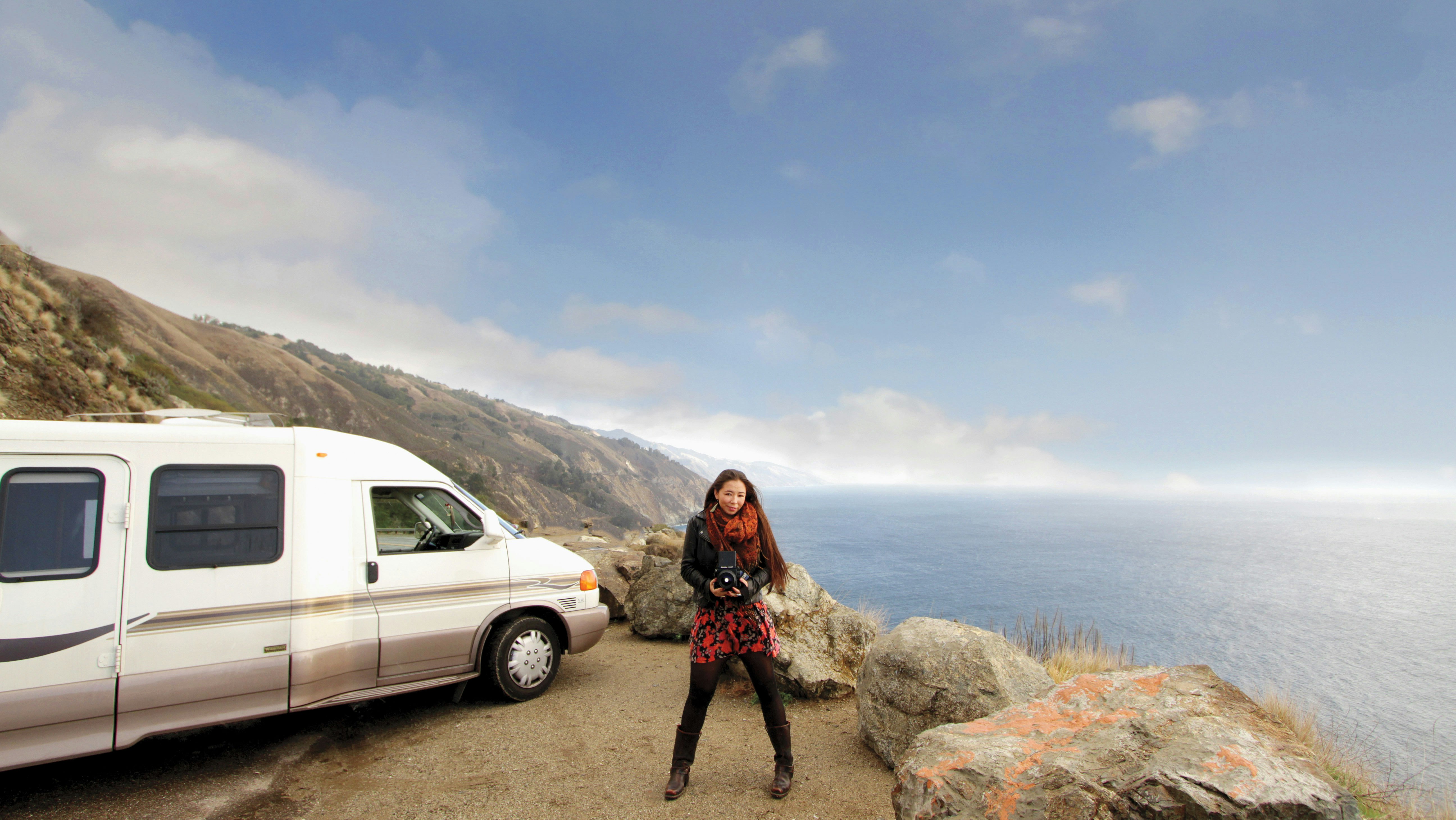
Matika Wilbur, an acclaimed photographer from the Tulalip and Swinomish tribes (Washington), is the creator and director of Project 562 and the only Native American photographer and social documentarian to be welcomed into each of the 562-plus Native American sovereign territories in the United States. Wilbur’s 2016 exhibition at the Radcliffe Institute—Seeds of Culture: The Portraits and Voices of Native American Women—provided remarkable insights into contemporary Native American women. This photo is a self-portrait by Wilbur with her RV “Big Girl,” in which she traveled to document Native American tribes.
That led the strategic planning committee to devise tools for integrating Radcliffe's work without sacrificing the rich breadth of scholarship and related programming that characterizes the Institute. Fortunately, Radcliffe has experience on which to draw: the Institute has at various points embraced thematic programming. The themes, however, shaped only a small fraction of any given year’s programming and had limited external visibility. To quote the Visiting Committee again:
The relatively recent implementation of annual or multi-year themes (Native Americans in 2015–2016, urbanism in 2016–2017, and citizenship in 2017–2019) has demonstrated in a powerful way an ability to energize and integrate the programs. Optimizing the role of themes can help assure the quality and intellectual excitement of the program moving forward and underscore some of the key emphases of the Institute’s mission.
This is precisely the impetus for developing the Radcliffe Engaged focus areas called for in the first of the Institute-wide strategic goals. They represent a shift from annual thematic groupings to more intensive multiyear initiatives. Radcliffe programming “already provides a highly effective structure by which it [the Institute] explores issues of current importance” (report of the 2017 Visiting Committee). Through the strategic plan, Radcliffe Engaged will build on this existing strength while taking inspiration from current pressing issues where the Institute can add value. Each focus area will reflect Radcliffe’s commitment to interdisciplinary and applied research, public programming, active involvement of students, and direct engagement with partners inside and outside the University.

The Youth Leadership Focus Area is grounded in research demonstrating that the cultivation of civic engagement, problem solving, and leadership among young people is critical to a healthy democratic society. This area of work also reflects Radcliffe College’s history as an institution that educated and provided critical support to generations of young scholars and leaders.
Radcliffe Engaged focus areas are designed to be dynamic, experimental, and iterative. They will be shaped by Radcliffe-affiliated faculty and staff members in collaboration with civic and community partners.
The Institute will begin by launching two Radcliffe Engaged focus areas in the 2019–2020 academic year: one on youth leadership and one on law, education, and justice.
THE YOUTH LEADERSHIP FOCUS AREA is grounded in research demonstrating that the cultivation of civic engagement, problem solving, and leadership among young people is critical to a healthy democratic society. This area of work also reflects Radcliffe College’s history as an institution that educated and provided critical support to generations of young scholars and leaders. The youth leadership focus area connects that inspiring history with the Institute’s success in creating unique and often transformative learning experiences for students pursuing degrees at Harvard schools. In the near term, we will expand on and formalize existing opportunities at Radcliffe for Harvard students (undergraduate and graduate) to design and lead public or private programs in coordination with an Institute-wide student board. We anticipate that successful student-led proposals will take an interdisciplinary and research-based perspective, will address timely topics of public importance, and will bridge scholarship and practice. They will be implemented with guidance and mentorship by Radcliffe staff and faculty members and fellows, who will support students as they engage with scholarship and develop the critical thinking and communication skills to tackle pressing societal issues.
THE FOCUS AREA ON LAW, EDUCATION, AND JUSTICE reflects a growing consensus that historically high rates of incarceration in the United States constitute a crisis with broad social, educational, and family impacts. Initially, the Institute will provide a physical space and intellectual infrastructure for students, fellows, faculty members, and outside experts to build community, develop programs, and launch multidisciplinary research projects. The goal is to translate this work into real-world impact, including by engaging directly with individuals and communities affected by incarceration and its educational consequences. Dean Brown-Nagin's background as a legal scholar makes her uniquely suited to guide a body of work that has been pursued at Radcliffe, albeit in a decentralized manner, for some years. The Institute has advanced scholarly research and public understanding of issues related to mass incarceration by investing in the work of scholars such as Tayari Jones, Devah Pager, Kaia Stern, and Bruce Western (among many other Radcliffe fellows); by designing seminars that tackle specific policy questions (such as how the war on drugs has influenced drug policy); and by providing access to materials of critical research importance (most recently, by acquiring the papers of the activist Angela Davis, whose work is the focus of a major conference at Radcliffe in October 2019 and the subject of an exhibition curated by the historian Elizabeth Hinton).
Implementation and Early Action Steps
This plan is the beginning, not the end. Implementation will involve an ongoing collaboration among the dean, senior leaders, staff and faculty members, students, and friends of the Institute to bring the strategic goals to life.

Two Harvard students examine archival materials. In 2014, the historian and Pulitzer Prize-winning author Laurel Thatcher Ulrichheld classes in Radcliffe’s Schlesinger Library to al-low students to experience history firsthand; librarians pulled tintypes, daguerreotypes, and Polaroids for them. Photo by Tony Rinaldo
Specific action steps for implementing Radcliffe Engaged in years 1 and 2 include, but are not limited to, the following:
- Implement a single set of criteria for making choices across all program areas.
- Implement a more streamlined, strategic approach to communications with priority audiences and promote public events with target audiences and clear end goals in mind.
- Establish a coherent, Institute-wide approach to student engagement that will include interdisciplinary student-led workshops and expanded opportunities for engaged scholarship.
- Develop a Student Advisory Board to guide programming across the Institute—building on the success of the existing Academic Ventures student board.
- Establish a Faculty Advisory Board—composed of Radcliffe faculty directors and other members—to advise the dean and shape the Institute’s academic programming.
- Appoint an associate dean for strategy and academic programs, who will strengthen the connection between the Radcliffe Institute and other Harvard schools and ensure that the Institute follows through on its commitment to bring greater strategic focus to its work.
- Invest in a set of public and private convenings, research, and collections related to the initial focus areas.
- Design and pilot targeted service initiatives in the initial focus areas that connect research to real-world impact while providing meaningful opportunities for students.
- Explore the feasibility of expanding the youth leadership focus area to include a pilot initiative that brings undergraduates together with talented secondary school students who share a desire for service and engagement in their communities.
- Implement a comprehensive financial plan including reallocations and new fundraising focused on strategic priorities, recognizing the critical role of philanthropy in achieving our objectives.
Approach to Decision Making
As part of the planning process, Radcliffe has established clear accountability for each of the goals and action steps within the strategic plan and will monitor key indicators of performance. Over the coming five years, managers will work with their staffs to define budgets and action items on an annual basis.
Much of the Radcliffe Engaged strategy will, however, evolve over time in a collaborative and iterative manner. To allow for this evolution while ensuring strategic alignment, it is critical that the Institute have a shared approach to setting priorities going forward.
To this end, the Institute has developed a single set of criteria that encapsulates the ethos of Radcliffe Engaged and that will be refracted across the Institute. These criteria will guide Schlesinger Library collection priorities, how the Institute recruits and selects fellows, which seminars and workshops it funds, which public programs it undertakes, and more, ensuring that the Institute invests in a manageable number of opportunities selected to maximize impact in line with Radcliffe’s strategic priorities.
Radcliffe Engaged Decision Tool
Across its portfolio of research and programming, Radcliffe seeks to invest in programs that:
- Reflect a cross-disciplinary approach
- Catalyze research that engages with pressing problems and can inform policy debates
- Build strong reciprocal relationships with communities and practitioners
- Engage Harvard students and forge an enduring connection to the Institute
- Are an intellectual priority for the Harvard faculty across schools and disciplines
- Contribute to achieving University-wide priorities
- Build on the Radcliffe Institute’s founding commitment to women and gender
- Take real and appropriate risks
- And—but for Radcliffe—would not be done
Conclusion
There is something inarguably exciting about the expansiveness of the early years of the Institute. They were days of ideation, exploration, and growth—and of remarkable accomplishments.
Now, after 20 years, we must shift our strategic approach to more-focused growth, with a commitment to preserve—and, where possible, enhance—the standard of quality and rigor established by our predecessors, for which the Institute is well-known. Strategic planning, done well, provides clarity and a shared sense of purpose. Through this process, we have affirmed Radcliffe’s role as an intellectual haven for academic research and creative exploration—from pushing the boundaries of science to creating abstract art. But strategic planning is not only an exercise in defining what we will do. Radcliffe Engaged also provides an organizing principle that is allowing us to answer the vital question, What must we set aside?

Detail from Nessie (2012–2015) from The Art of Discovery: A Multidisciplinary Group Exhibition of the 2016–2017 Radcliffe Institute Fellows This image was produced using data from the NASA Spitzer Space Telescope’s Infrared Array Camera and shows just a section of a very long, very thin, very cold cloud of interstellar gas known as “Nessie.” In 2014, Alyssa A. Goodman—codirector of Radcliffe’s science program; 2016–2017 Edward, Frances, and Shirley B. Daniels Fellow, Radcliffe Institute; and Robert Wheeler Wilson Professor of Applied Astronomy, Harvard University—and her colleagues discovered that Nessie was far longer than originally thought. Critically, it marks the mid-plane of our galaxy’s disk. Goodman named Nessie-like objects “bones,” and in the past few years, Goodman’s team (led by Harvard graduate student Catherine Zucker) and others around the world have searched for and discovered many more bones on the way to mapping the full “skeleton” of the Milky Way.
Through this process, we have begun to identify what we will de-emphasize in light of our strategic priorities. For example, we will hold a smaller number of higher-impact public events. We will put the full weight of our efforts into those initiatives across all programs that are most likely to result in impact. Similarly, we will continue to identify opportunities to shift resources toward digital content and distribution in an effort to increase our reach. We will also hold fewer and more modest public receptions while increasing the number of events that we livestream, so that we can expand our audience beyond local attendees.
As we move forward under this strategy, we will embrace a spirit of experimentation and risk taking, always guided by our core values and principles. We will build upon our historical strengths: intellectual excellence, interdisciplinarity, inclusion, and engagement. Radcliffe College and the Bunting Institute were both created to answer pressing social needs while achieving the highest standards of scholarship. Radcliffe Engaged inspires us because it celebrates and builds on that rich history while equipping today’s Radcliffe Institute for future success.
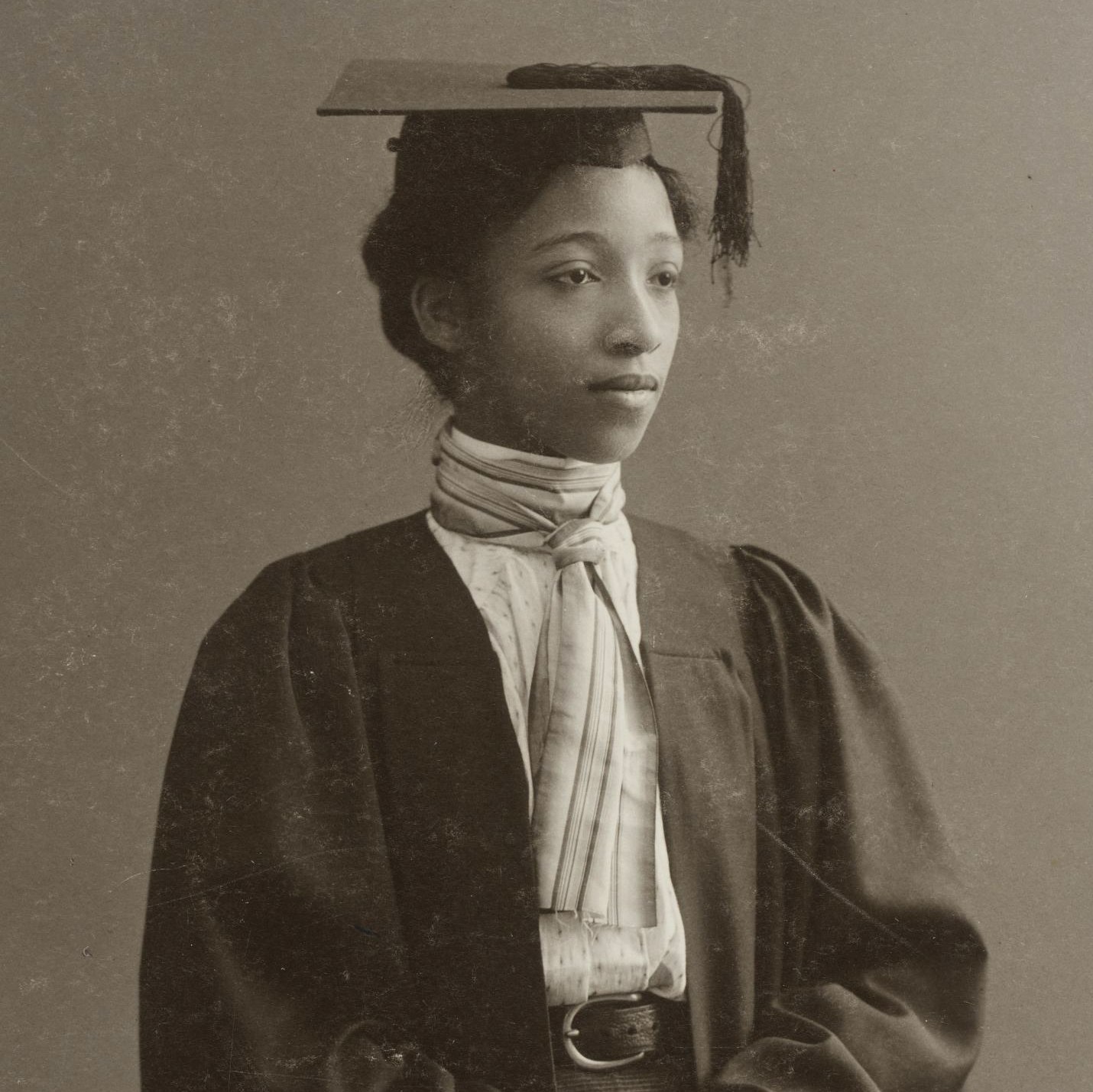

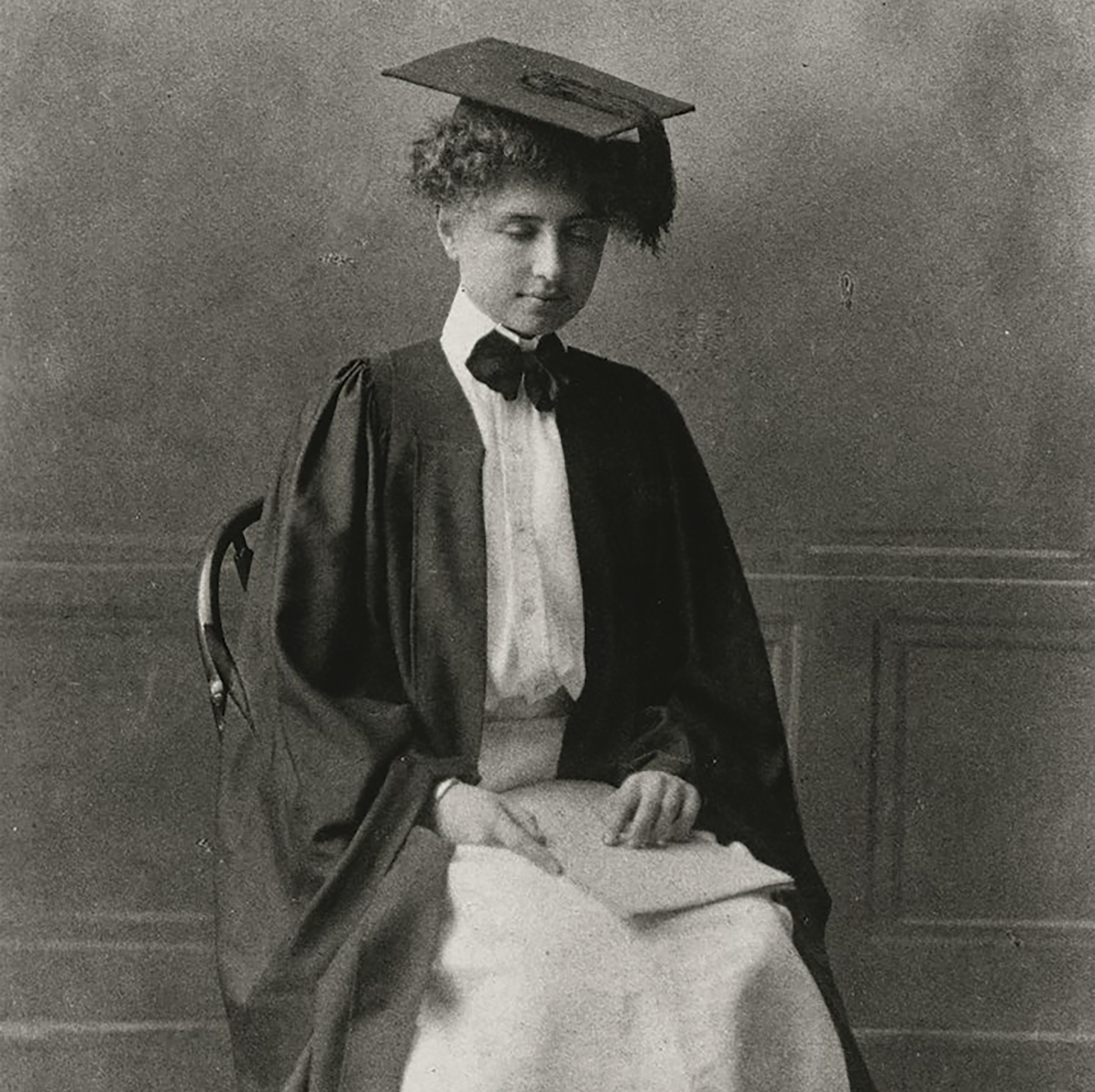
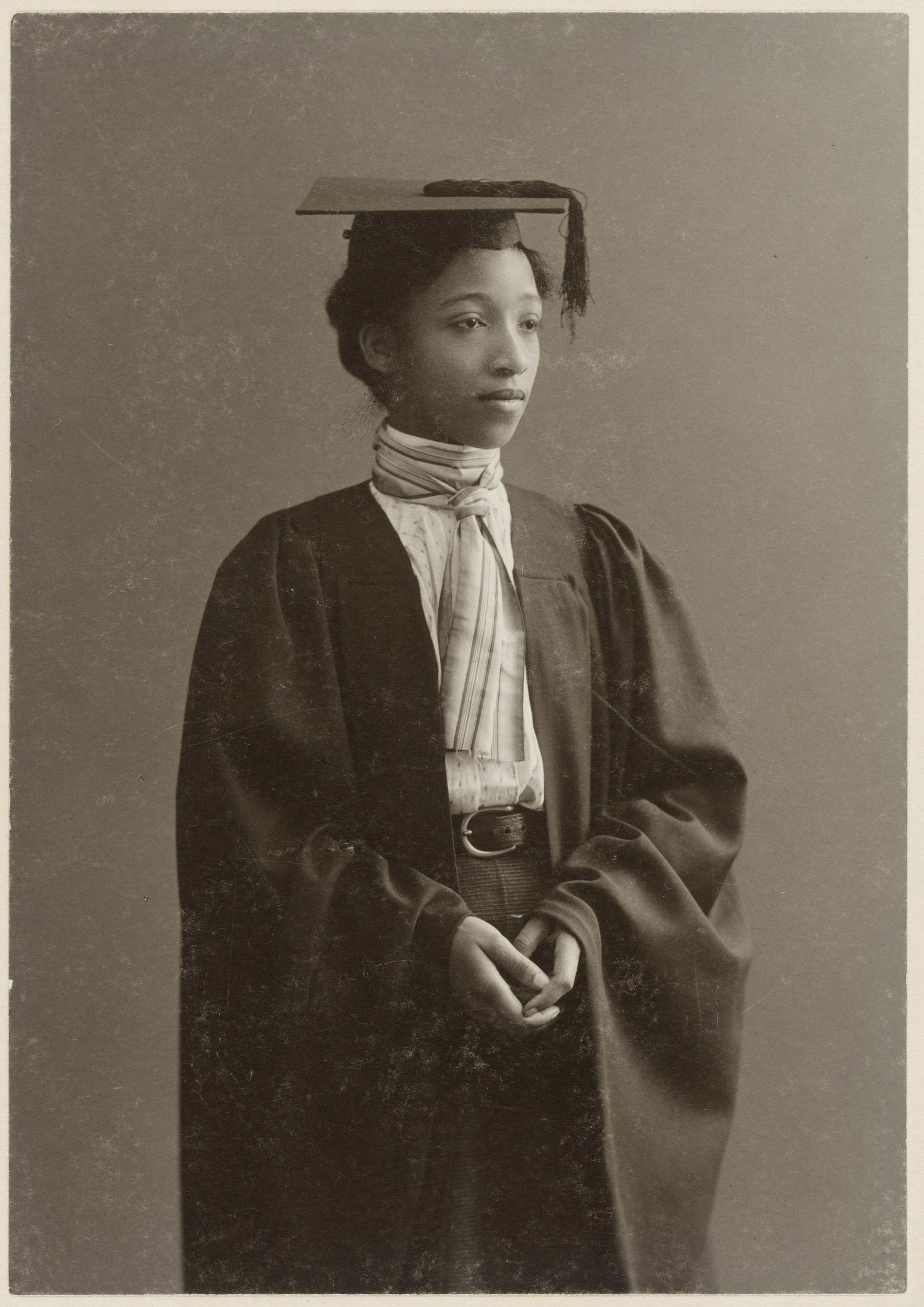
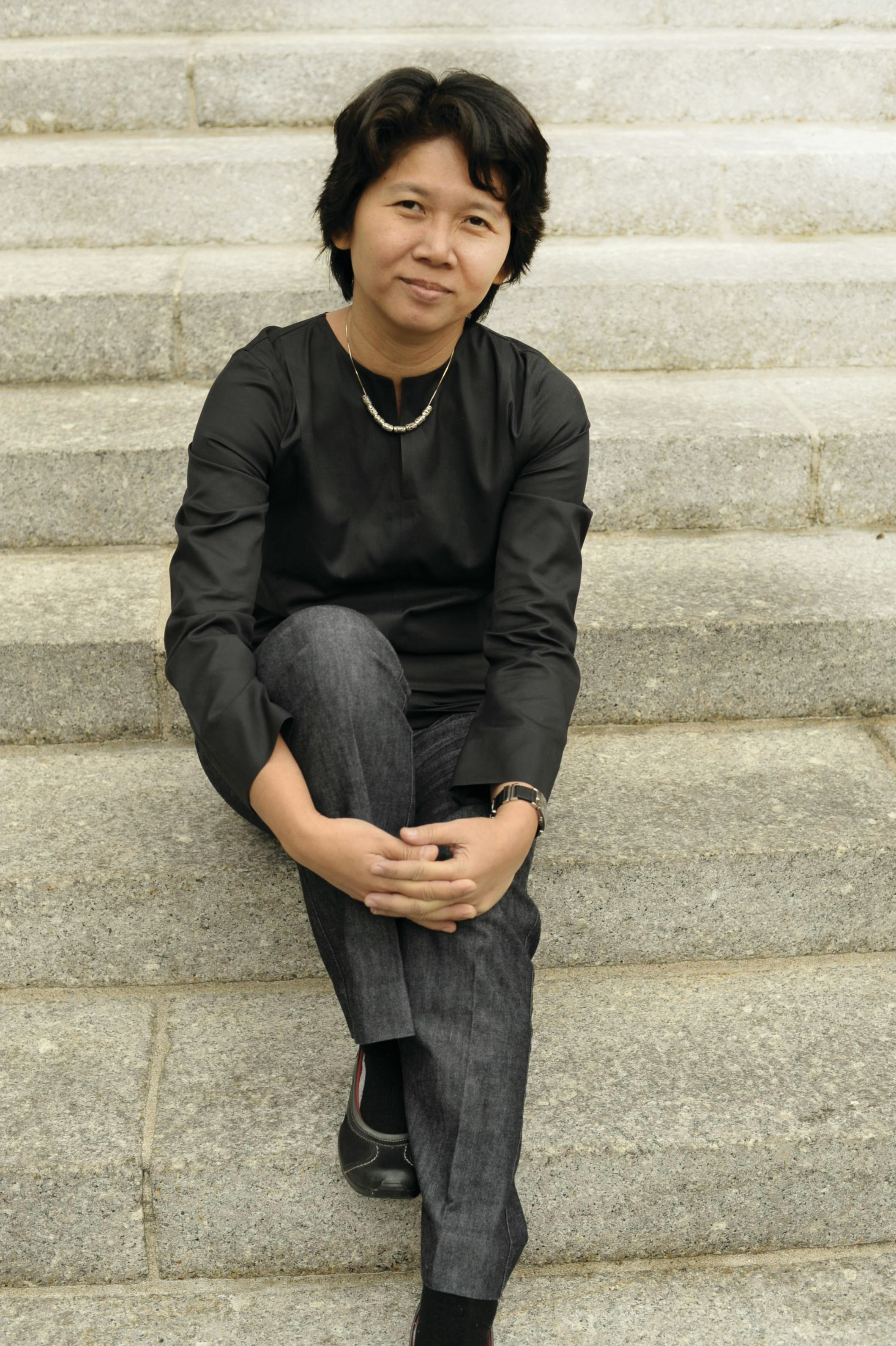
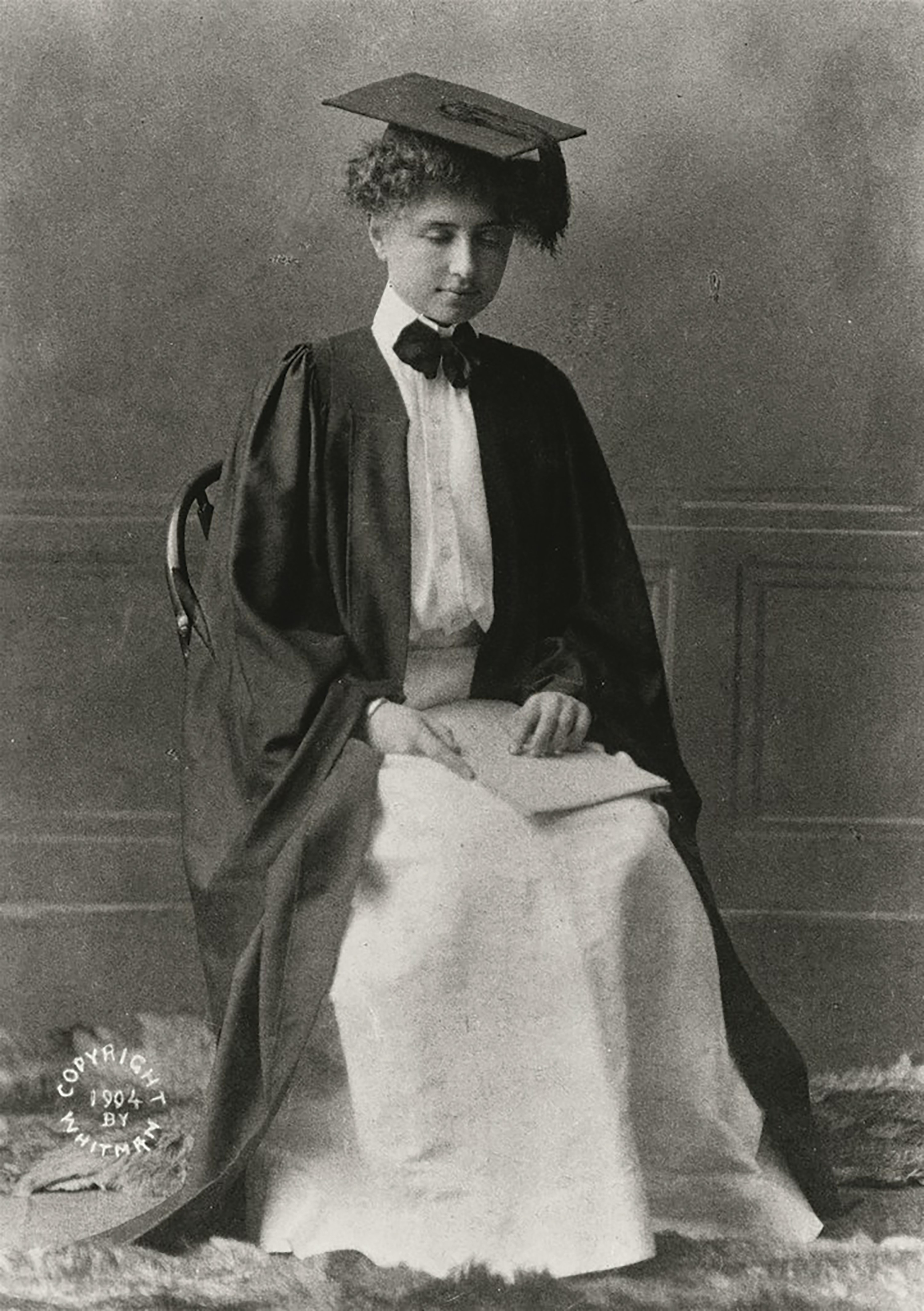


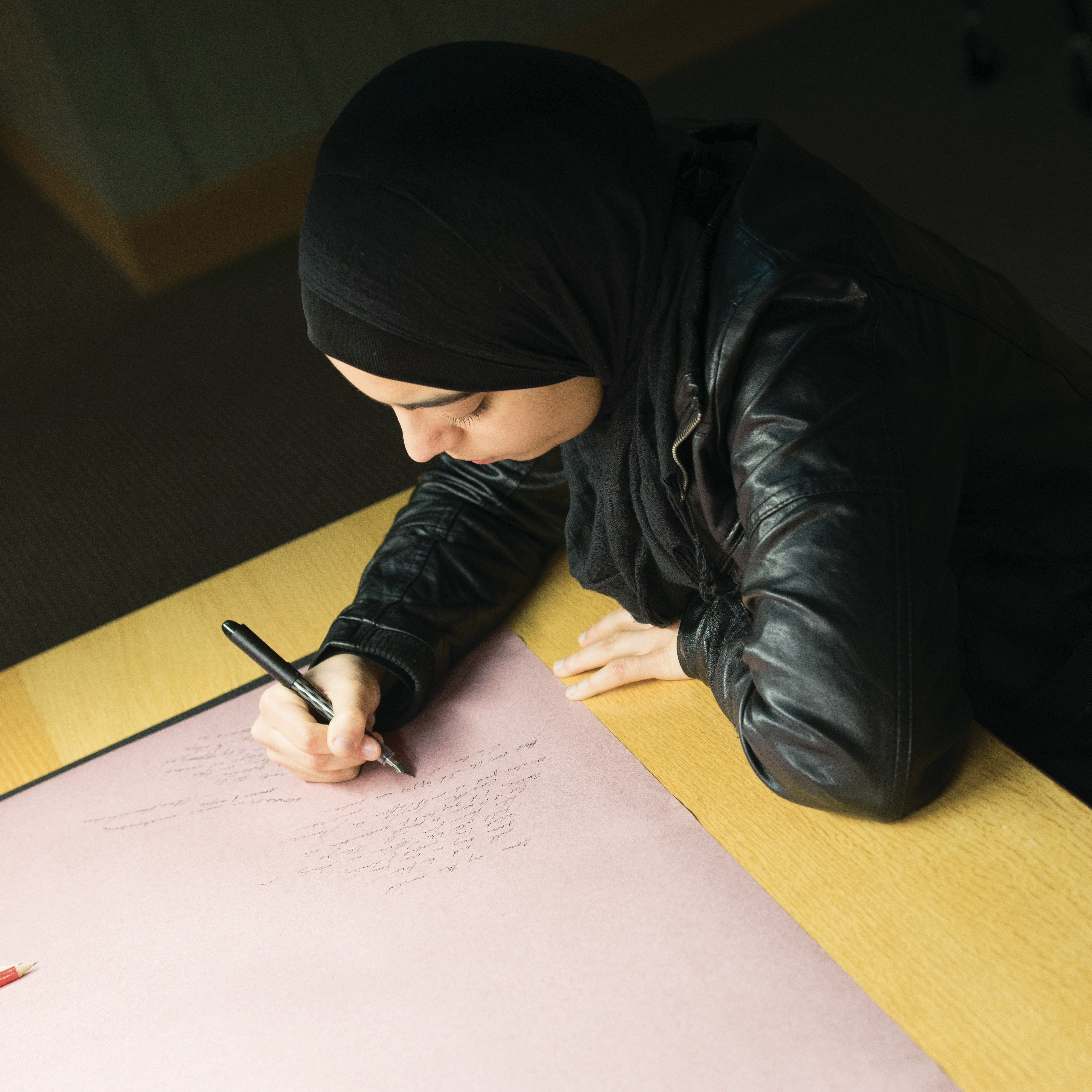
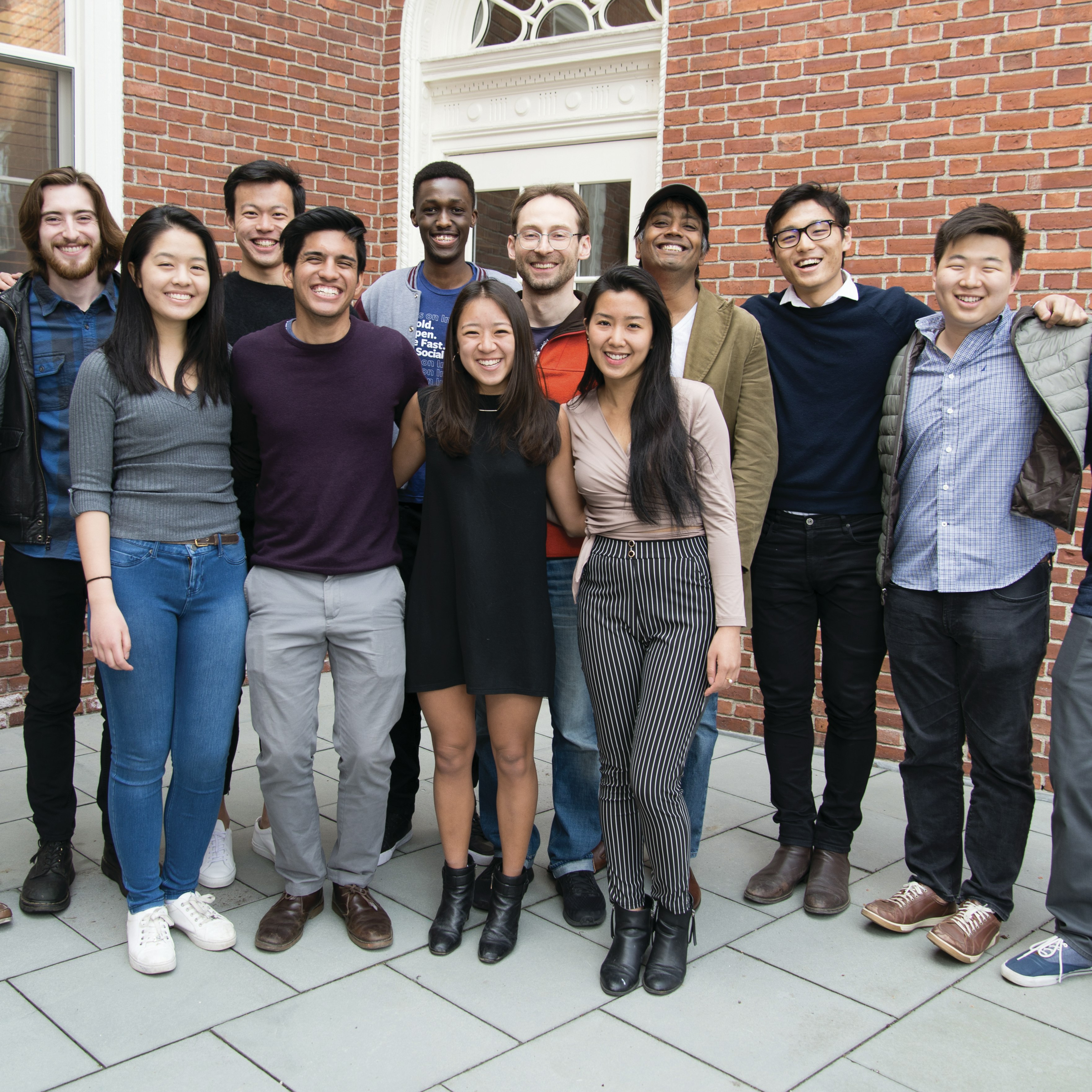
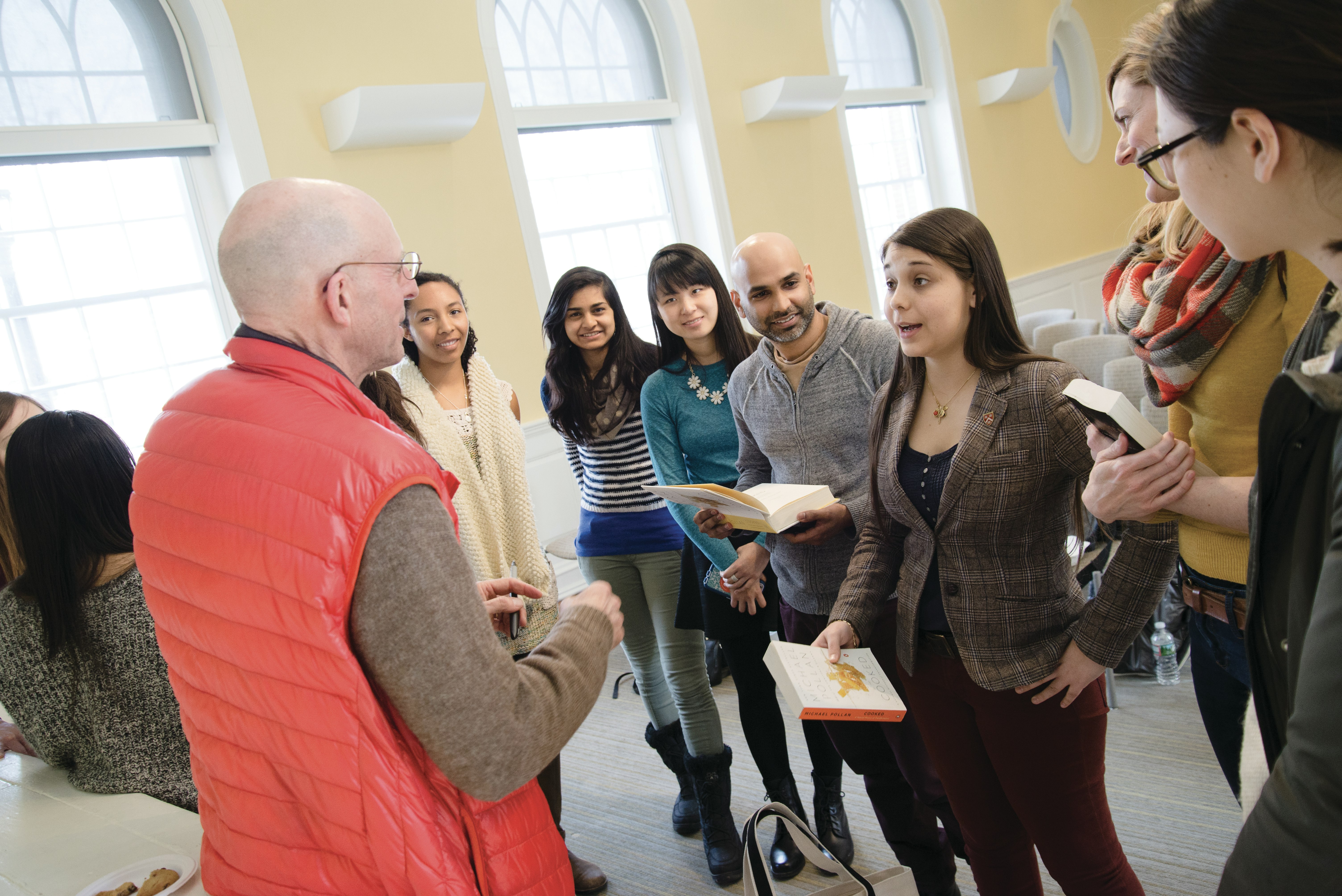
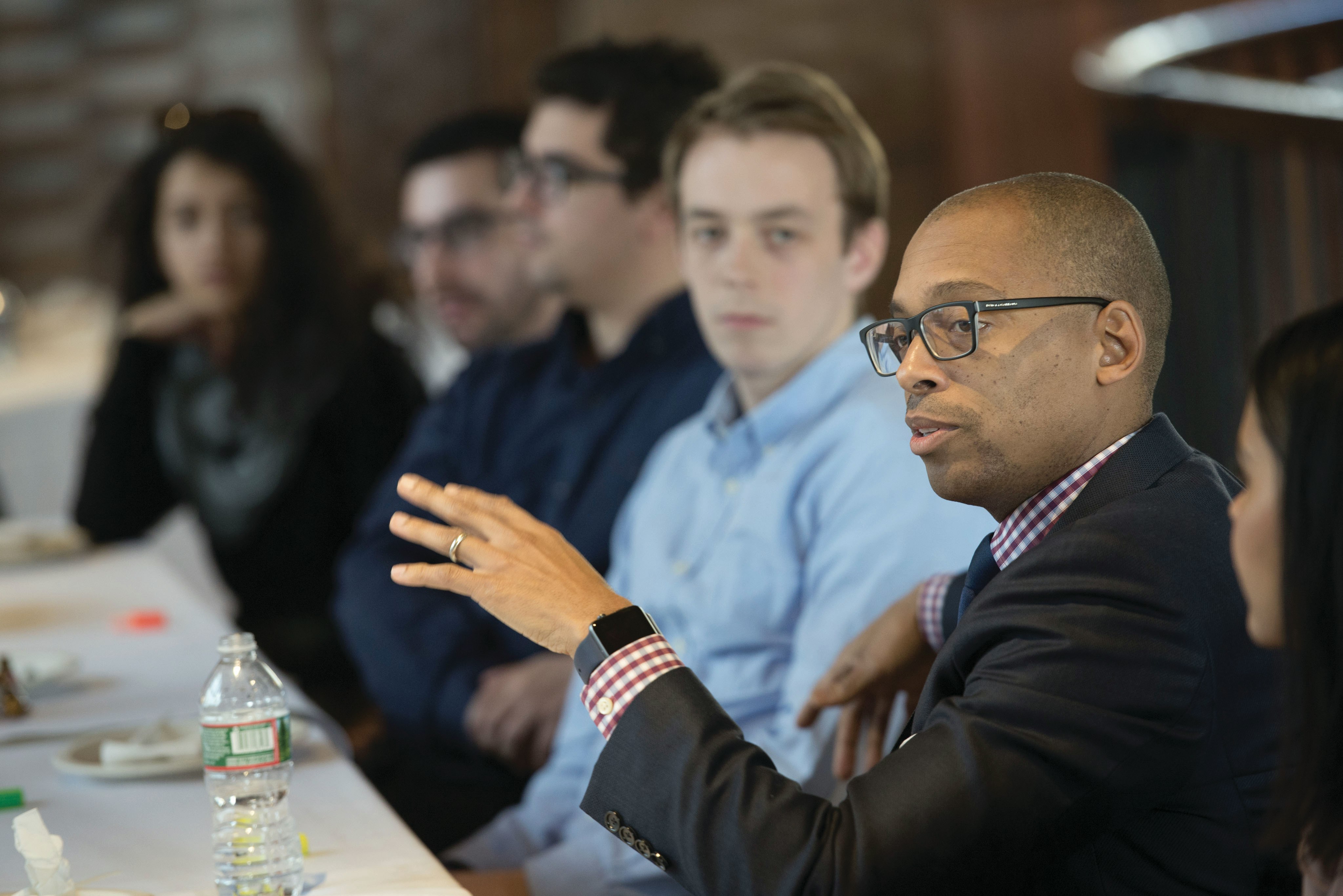
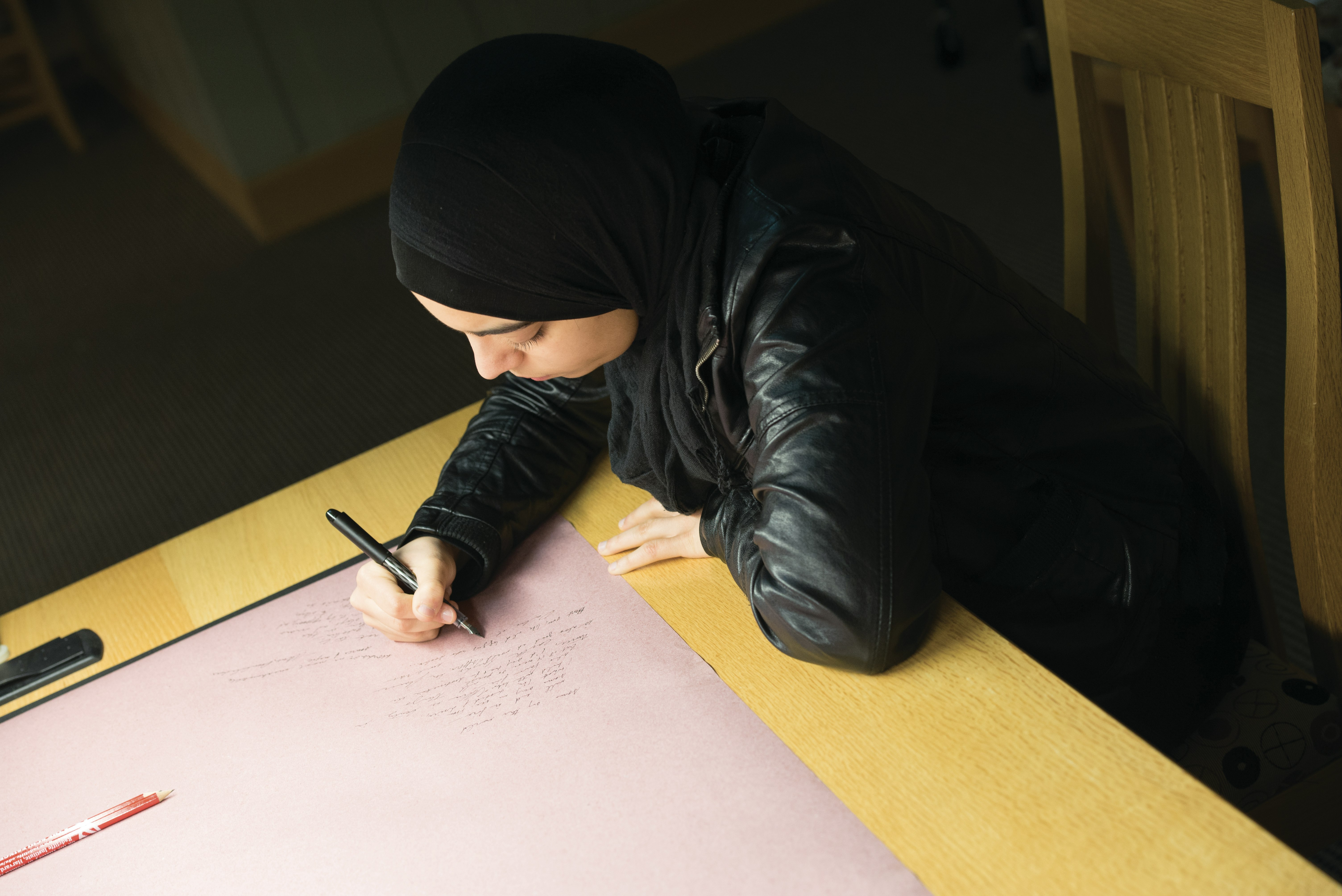
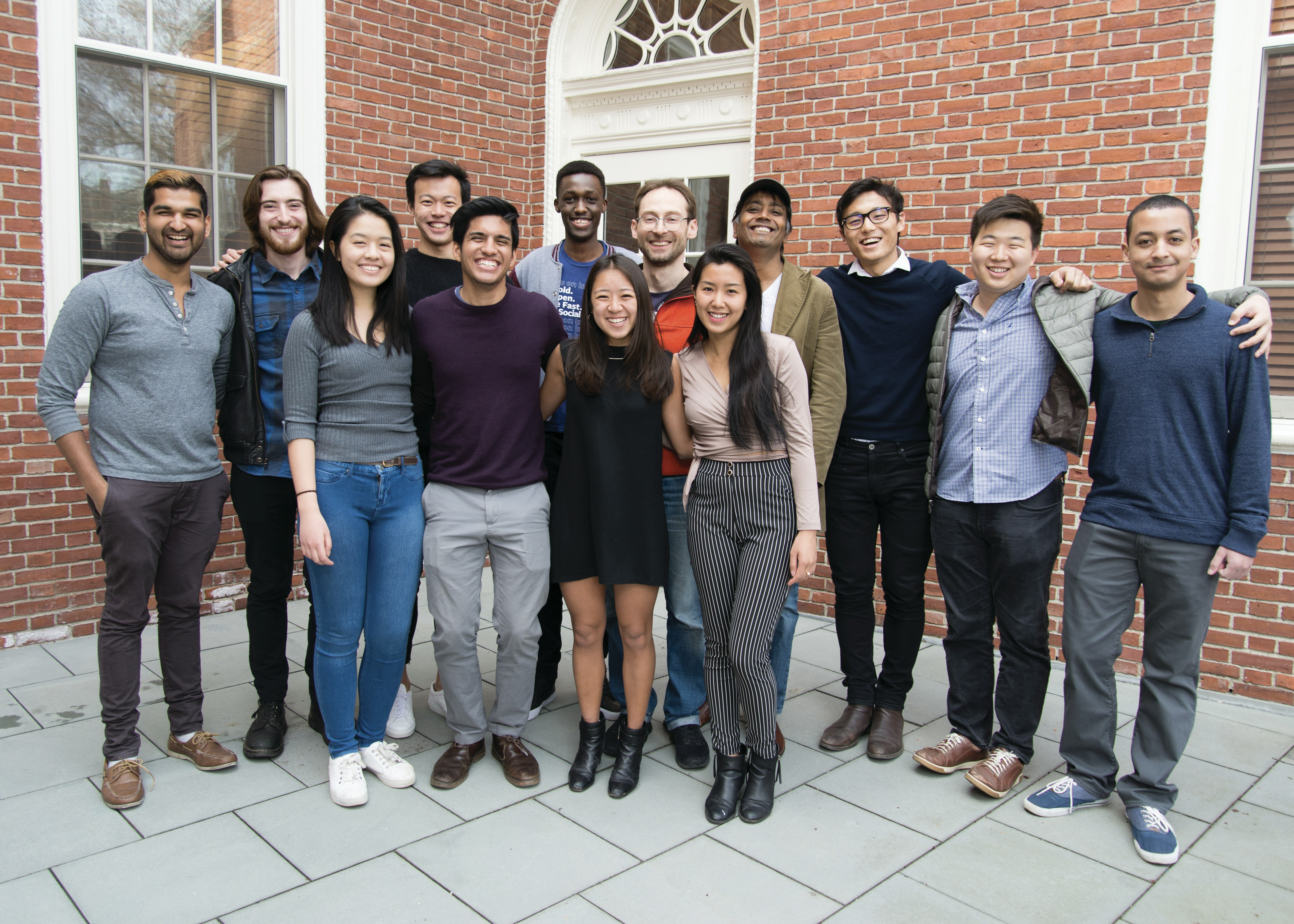
![Women in academic dress march in a suffrage parade in New York City. They carry banners that read "We Demand Justice," "The Cause of Justice is the Cause of God," "Legislators, Submit Woman [cut off] To The Vote."](https://radcliffe-harvard-edu.imgix.net/ed54c1f8-9488-45f8-bc53-ddaf63124e59/Jessie-Tarbox-Beals-Suffrage-Photograph-collection_Schlesinger_olvwork20016174.jpg?auto=compress%2Cformat&fit=min&fm=jpg&q=80&rect=634%2C58%2C1742%2C1741)

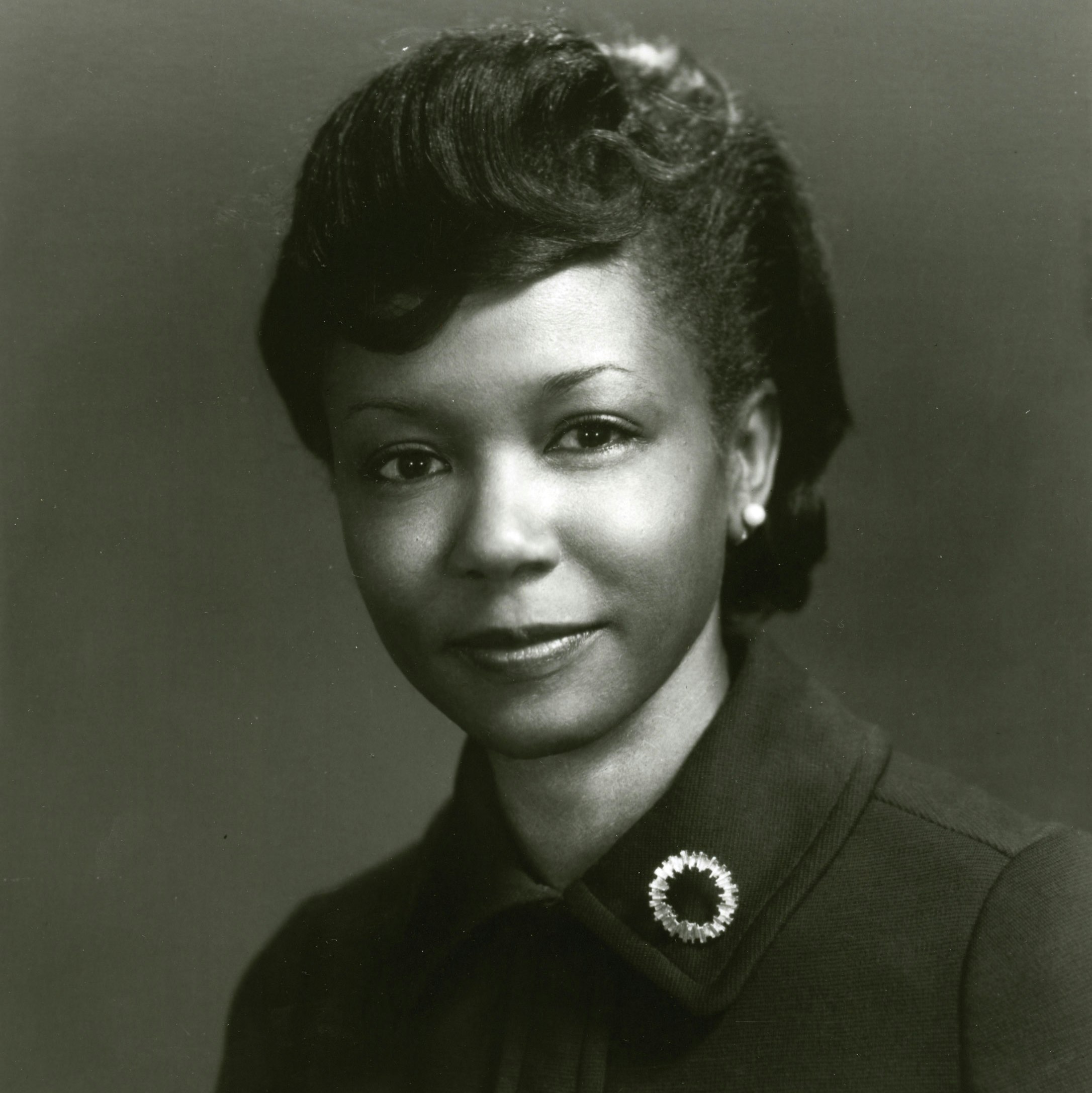
![Women in academic dress march in a suffrage parade in New York City. They carry banners that read "We Demand Justice," "The Cause of Justice is the Cause of God," "Legislators, Submit Woman [cut off] To The Vote."](https://radcliffe-harvard-edu.imgix.net/ed54c1f8-9488-45f8-bc53-ddaf63124e59/Jessie-Tarbox-Beals-Suffrage-Photograph-collection_Schlesinger_olvwork20016174.jpg?auto=compress%2Cformat&fit=min&fm=jpg&q=80&rect=384%2C80%2C2350%2C1741)
